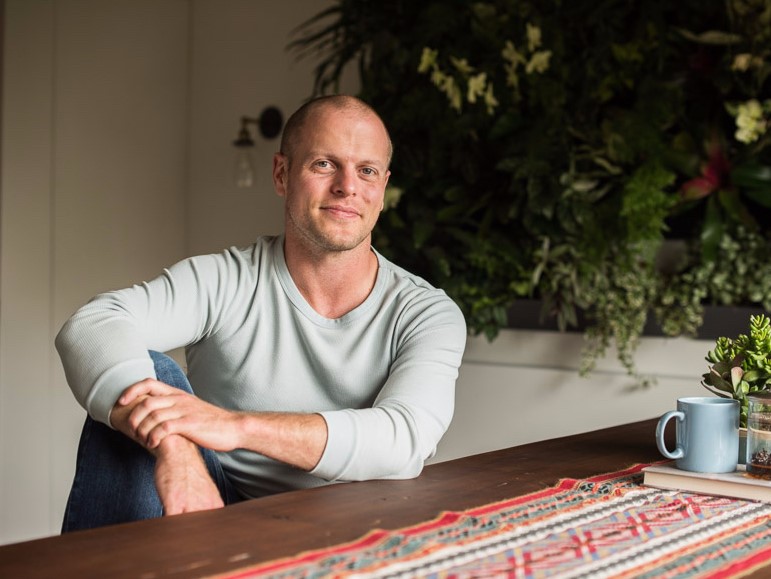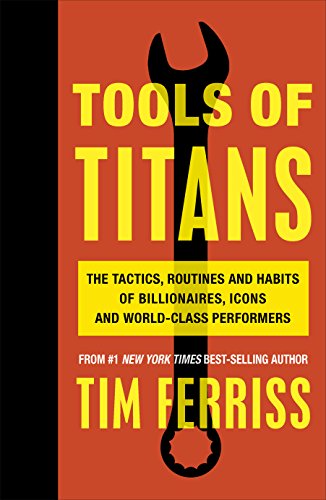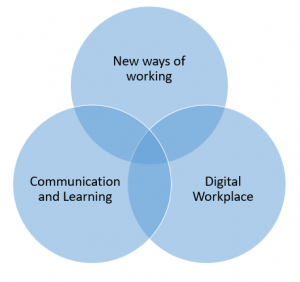During several years, I have engaged in Harold Jarche’s Personal Knowledge Mastery (PKM), especially via his PKM workshop. It has helped me not only to revise my methods on how to understand the world. It has also placed me in the driver’s seat regarding how I seek information, make sense of it, and lastly share it. A clear example is my e-book “How to avoid information overload using social media tools: Steps to feeling calmer and smarter.” It outlines the practical steps you can take to master the flow of information via Twitter, blogs, and other social media channels. I needed to make sense of these tools myself, so I might as well write a book about it.
Why I do this? Well, the world is developing very quickly, and you need to know whom to listen to in today’s vast oceans of information. Also, I never expect my employer to take care of all my learning needs and neither should you. Yes, they send me to an excellent management training over nine months in line with our cultural cornerstones, but I can never expect them to take care of all my daily learning needs.
Moreover, who knows what you will work with and where in just a few years from now? Just look at the quick changes in several markets and the heavy focus on machine learning, blockchain, and robotics. Instead of waiting for others, just make up your mind and take charge.
Recently, I thought I should level up my learning and development even more, so I ordered How to become a Modern Professional Learner by Jane Hart. I have followed Jane’s work on top tools for learning and more, and now I decided to be even more guided by her work. Her e-book begins with the 10 Principles of Modern Professional Learning, where the first principle reads:
Take responsibility for your own self-improvement, learning, and development.
For each of the 100 practical things we shall do to improve as learners, we can access an online discussion forum where we answer Jane’s questions and exchange thoughts. I find this deeply rewarding, just as I do Harold Jarche’s workshops. I will tell you more once I have come further in Jane’s book, and sure hope to surprise myself with how I develop.







